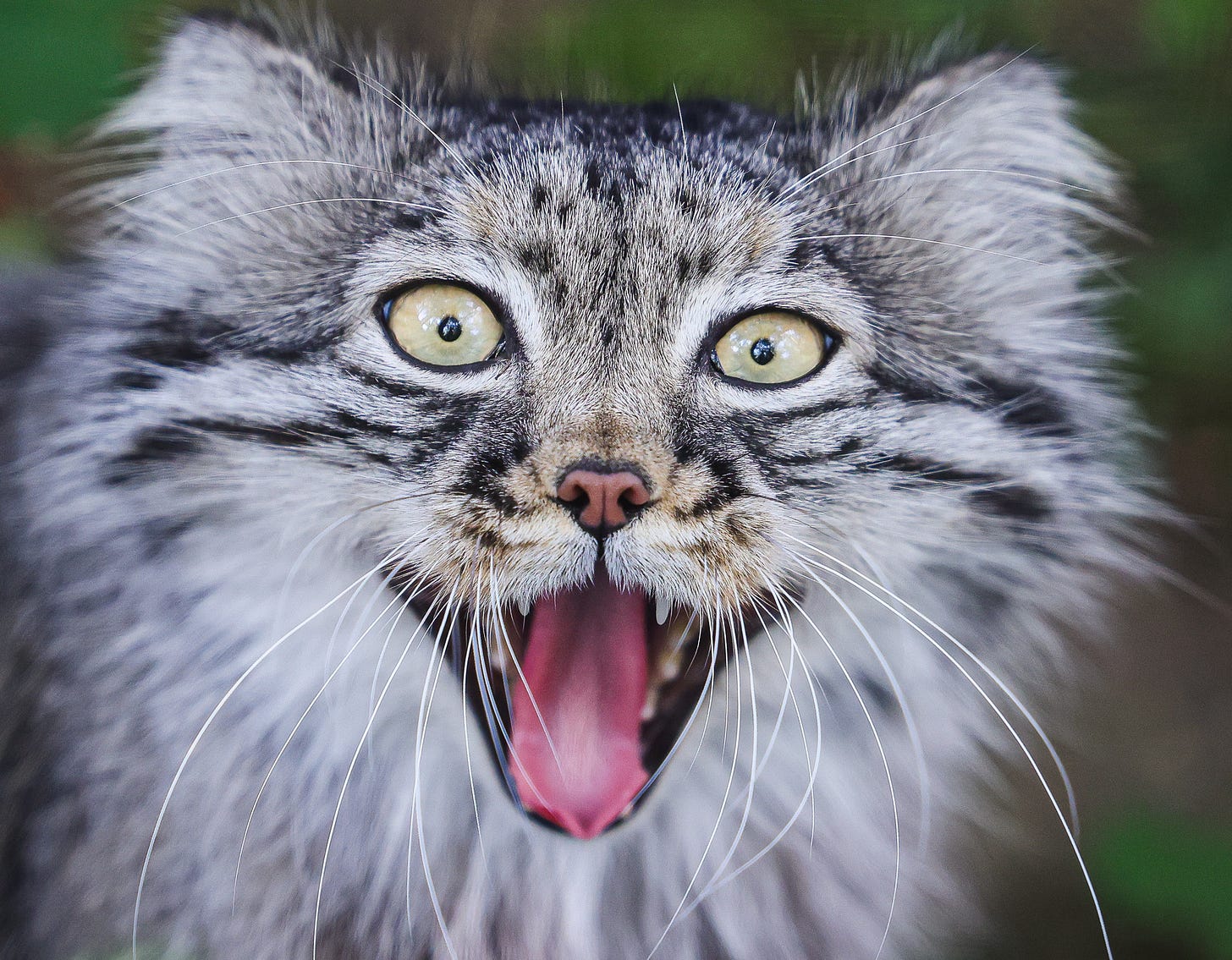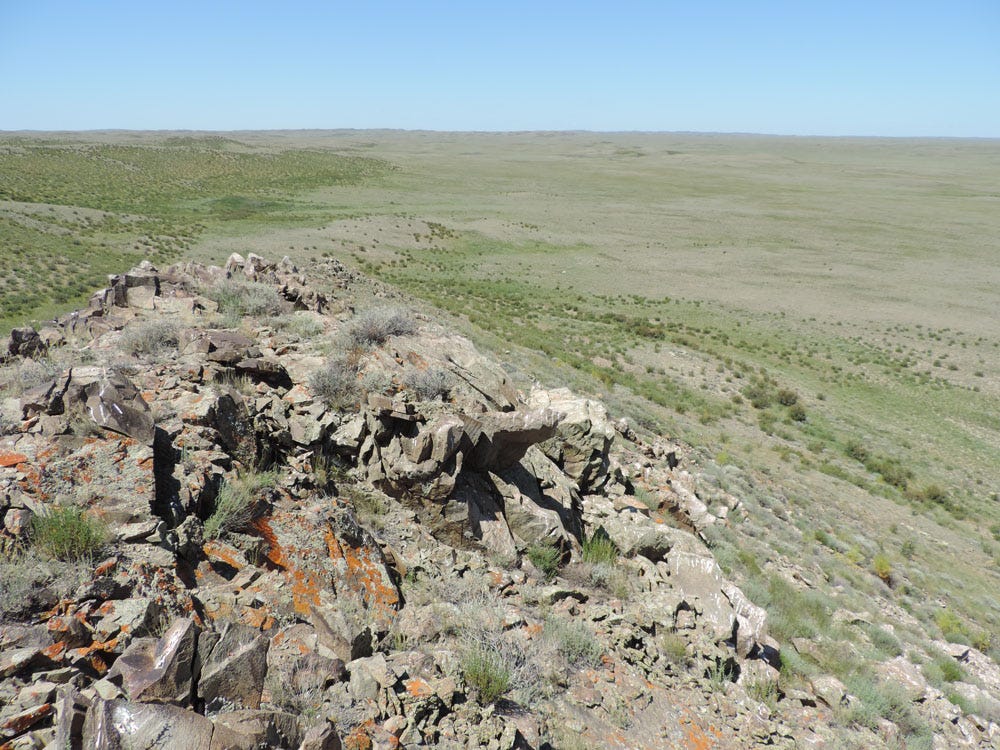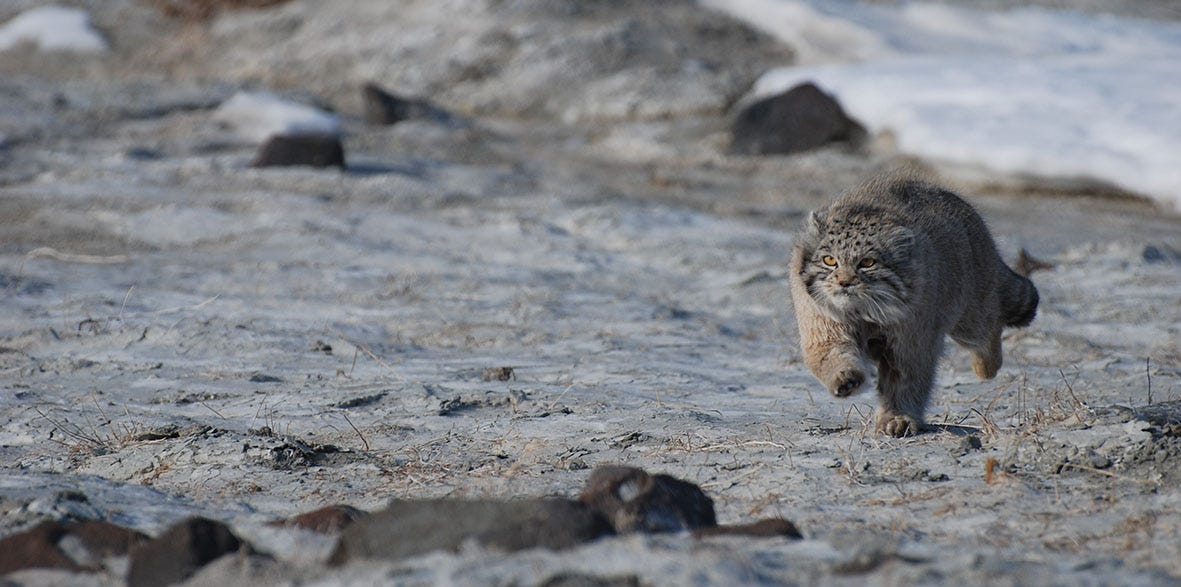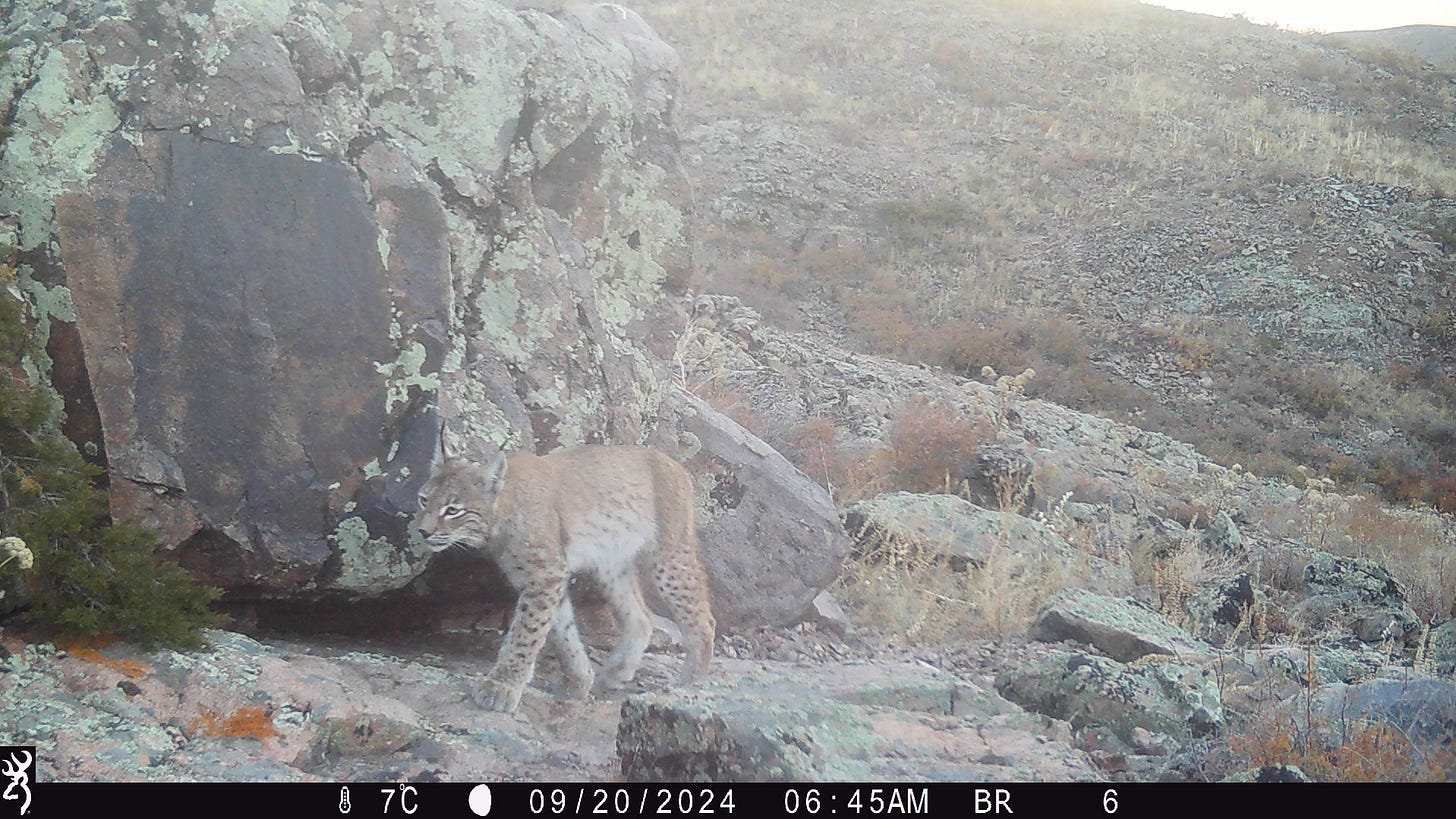It’s been about two months since the launch of this newsletter, and it’s warmed my heart to see how many of you have tuned in — both as free readers and paid subscribers. Your enthusiasm has truly made this passion project come alive!
As promised, the money generated through paid subscriptions has three key purposes: supporting my photography, travel, and content creation efforts; directly aiding manul conservation; and, of course, giving back to Pazi, the spiciest little guy at Potter Park Zoo who inspired me to embark on this journey.
To keep this transparent, here's how things are looking so far: through your generosity, we've collectively raised $595.15 in subscription revenue. From this, I'm sending $238.06 to support the Manul Working Group (more about their fantastic work shortly!), and another $59.52 straight to Potter Park Zoo — earmarked for Pazi’s enrichment and care. And, as a reminder, a portion of your support also made possible my amazing pilgrimage out to Miller Park Zoo to see the lovely Nozomi (and witness her unexpected honks!).
If you're enjoying my writing and want to help support these wonderful causes, please consider becoming a paid subscriber or making a one-time contribution through my new Ko-Fi. All paid Substack subscriptions and Ko-Fi donations follow the same breakdown: 50% to photography/travel/content, 40% to manul conservation groups, and 10% directly to Pazi. I will aim to make these donations and provide a detailed breakdown every 2-3 months, depending on how well the donations keep coming in.

And let me pause for a sincere thank-you. I am continually amazed and grateful for this community. It’s through your support, curiosity, and shared passion that this work — my small effort to make the world a better place for manuls — is possible.
The Manul Working Group
This month, I'm sending my conservation donation to an organization close to my heart: the Manul Working Group.
You might be surprised to learn that manuls can be difficult to raise funds for. Because they’re currently listed as “Least Concern” globally by the IUCN Red List, and because they are small cats, manuls receive fewer conservation dollars compared to their larger relatives — think lions, tigers, and snow leopards. Yet, despite this global classification, manuls face significant conservation challenges at a regional level, listed as endangered in China and Turkmenistan, and “Near Threatened” in Mongolia, Kyrgyzstan, and Pakistan. That’s why it’s so important to act early — conservation is often most effective when threats are addressed before a species reaches threatened or endangered status, when recovery can become far more difficult and costly.
Manul populations are sensitive to rapid changes, particularly to extreme weather events like dzuds, something Dan at FUZZ wrote about recently — severe conditions of heavy snow, ice, and extreme cold that can quickly devastate local populations. The elusive nature and quick generation times of manuls make their populations difficult to assess accurately. You might have a good year of reproduction giving the impression of abundance, only to face steep declines soon afterward.
That’s why consistent monitoring by expert teams on the ground is essential, not just for a snapshot in time, but over many years (ideally decades). This long-term approach gives conservationists a clearer picture of population health, stability, and threats facing manuls.
Thankfully, manuls often inhabit remote areas far from dense human populations, and even where they do overlap with people and livestock, they tend to quietly coexist, often unnoticed. Their superb camouflage and secretive nature allow them to thrive and be unseen, even near human settlements. However, some threats — such as feral dogs — loom large, yet remain poorly understood due to the challenges inherent in studying the manul.
Some regions within their range are more vulnerable than others. The lower steppelands, for example, are more accessible, open, and vulnerable to human impact and climate change. These regions often lack natural rocky shelters essential for manuls to hide from predators. One particularly important region is Dauria, a wide-open grassland stretching across parts of Mongolia, Siberian Russia, and Northern China. Here, manuls desperately need additional artificial shelters due to the flat terrain, scarcity of natural hiding spots, and threats posed by feral dogs.

How Your Support Helps
This is exactly where the Manul Working Group steps in: striving to protect manuls and their habitats through research, strategic conservation initiatives, and advocacy. One of their most powerful research tools? Camera traps.
These rugged cameras endure the harsh steppe weather, patiently capturing thousands of images and videos throughout the year. This extensive data is crucial for assessing the health of manul populations and identifying threats. It's a labor-intensive job: placing and retrieving cameras in difficult terrain, and sorting through immense quantities of visual data.
Here, even modest donations go a remarkably long way. Every camera trap helps increase the scale and effectiveness of monitoring efforts. But there's another fantastic way to contribute: volunteering your time to analyze camera-trap data. I’ll be volunteering my own time to help sift through this valuable material — and I'll share my experience here in a future newsletter, showing exactly how you, too, can get involved. If you're feeling eager, you can dive right in and explore their volunteer opportunities.
One of the most enjoyable aspects of volunteering to analyze camera trap images is getting a rare glimpse into some truly magnificent landscapes. These camera traps are placed in spectacular, remote areas with stunning terrain. Beyond our beloved manuls (of course!), volunteers often get to see other incredible wildlife such as snow leopards, Eurasian lynx, wolves, an assortment of smaller mammals, and an impressive diversity of birds. It's not only a rewarding conservation activity but a genuinely delightful peek into these hidden corners of the world.
And of course, if you feel inspired to support this work directly, you can donate to the Manul Working Group right here.
Thank you again, deeply and sincerely, for joining in this mission to help ensure a bright future for the manul. I can’t wait to keep sharing more stories, adventures, and conservation efforts with you in the months ahead.
Happy Manul Monday, my friends!





